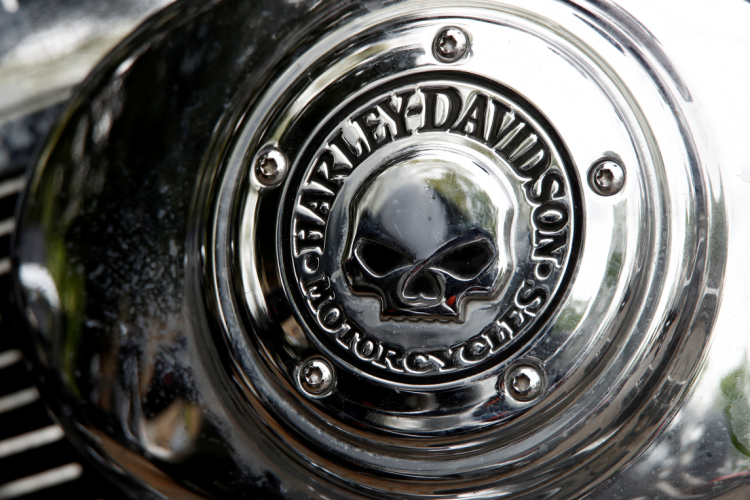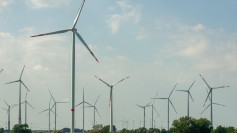Weak retail sales in the United States saw legendary American motorcycle firm Harley-Davidson Inc. report a larger-than-expected decline in its motorcycles revenue for its fourth quarter ending December 2019.
Revenues at the company's motorcycles, parts and accessories and general merchandise segment plunged 8.5% to $874.1 million in Q4 year-on-year compared to $955.6 million.
This contrasts with estimates from analysts surveyed by Refinitiv who, on average, projected revenues to decline 3.7% to $920.14 million in the quarter. Harley said retail sales decreased by 3.1%, which is its lowest sales rate of decline in 12 quarters.
Profits were positive despite the revenue and sales tumble. Harley reported an adjusted quarterly profit of 20 cents a share, higher than 17 cents per share in 2019. Harley reported a net income of $13.5 million (9 cents a share), up from $495,000 (or break-even on a per-share basis) in the year-ago quarter.
For the full year 2020, Harley expects motorcycle segment revenue of $4.53 billion to $4.66 billion, including $1.09 billion to $1.17 billion in the first quarter.
Analysts said Harley's continuing revenue slide in its home market is due to its loss of popularity among younger Americans not as enamored of its heavy and expensive road bikes as the older generation. To counteract this worrying trend, Harley has developed electric bikes and is set to launch two models in the competitive middleweight segment by the end of this year.
America's largest, and one of its oldest, motorcycle companies began selling its first battery-electric motorcycle named LiveWire in December 2019. This machine will be the first in an upcoming series of electric bikes. Harley first unveiled LiveWire in 2014.
President and CEO Matt Levatich has made LiveWire and other electric motorcycles the centerpiece of a bold new initiative to revitalize the struggling icon. Levatich said LiveWire will be followed by a series of "lightweight, urban" transportation products designed specifically to appeal to "young adults, globally, living in dense urban spaces."
Apart from the new battery bikes, Harley is looking to Asia and Europe for salvation. Lightweight motorcycles are leading Harley's foray in the fastest growing two-wheeler markets. The global sales push is part of a strategy to derive half of the company's revenue from overseas by 2027.
Sales in Asia-Pacific rose 6.2% year-on-year in Q4 and were up 2.7% in 2019. Harley expects revenues from the motorcycles segment to reach anywhere from $4.53 billion to $4.66 billion in 2020 compared with $4.57 billion in 2019.
Harley also benefits from the European Union allowing it to ship bikes from its facility in Thailand, sidestepping the EU's 25% retaliatory tariffs on U.S. -built motorcycles imposed because of Trump's tariffs on European steel and other products. Sales in Europe are expected to be higher this year.






